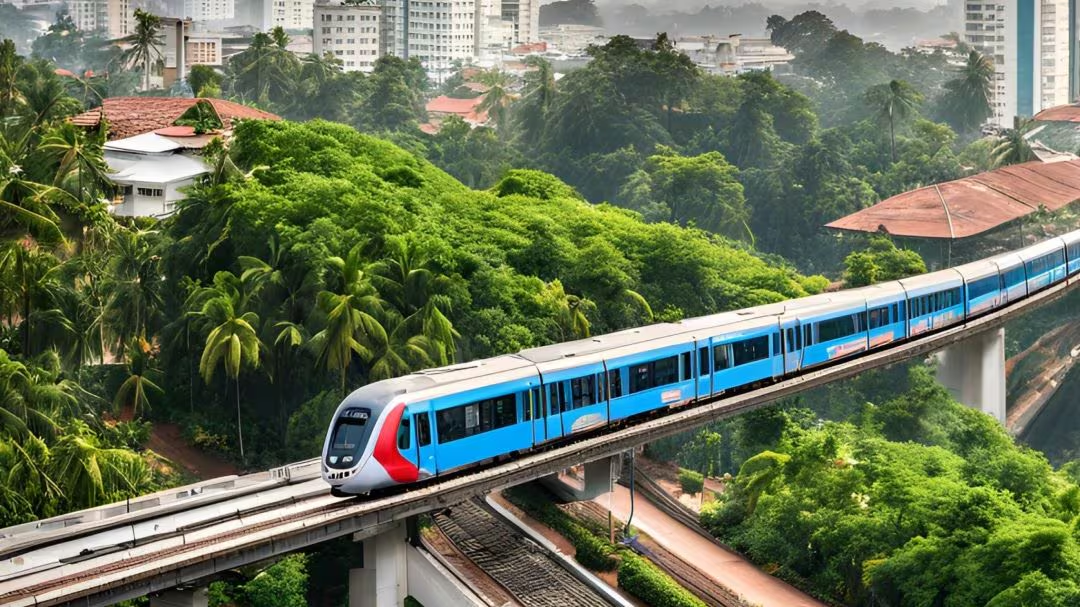The Thiruvananthapuram Metro project, an essential initiative aimed at alleviating the city’s growing transportation challenges, has encountered further delays. Despite the submission of a crucial report by Kochi Metro Rail Limited (KMRL) over a month ago, the final approval from the state government is still pending. The report, which evaluates the feasibility of various route alignments, continues to be reviewed by the finance department, leaving the project in limbo.
The proposed Metro line aims to connect Kazhakkoottam to East Fort, passing through significant points like Sreekaryam and the Medical College Junction. The report explores options for implementing both underground and overground systems, though critical decisions such as whether the Medical College Junction should be included and which sections may require underground construction remain unresolved.
Biju Prabhakar, the officer in charge of the project, confirmed that the submitted report includes recommendations rather than finalised alignments, with approval expected soon. Once the state government makes a decision, the Delhi Metro Rail Corporation (DMRC) will be tasked with revising the detailed project report (DPR). This will then be followed by a cabinet decision, with hopes of completing the process within the current financial year. The delays stem from the government’s request for an alternative alignment to enhance ridership. The original route, proposed by DMRC, was deemed impractical due to issues like the limited width of the NH 66 median. As a result, the transport department revised the plan, starting the Metro line from Kazhakkoottam instead of Pallipuram, as initially proposed. This revision reflects the increasing complexity of urban planning, where technical feasibility often intersects with long-term vision.
Another key consideration in the revision is the preservation of heritage areas. The government has determined that elevated metro lines would be unsuitable for core areas of the city like Statue and Palayam due to their potential disruption to historical sites. To maintain the city’s aesthetic and cultural fabric, the government has proposed redirecting the Metro to pass through the Medical College Hospital and constructing the Metro yard at the Kariavattom University campus. While the technical and administrative challenges are considerable, these delays also reflect broader concerns about sustainability. The revised alignment, which is more in tune with the city’s infrastructure constraints, aims to ensure that the Metro system can operate efficiently while minimising environmental and social impact. Furthermore, the project must contend with the pressure of maintaining the balance between modernising the transportation network and preserving the city’s cultural heritage.
From a human perspective, the delays have sparked mixed reactions among the public. Thiruvananthapuram residents, many of whom face daily traffic congestion, are eagerly awaiting the promised relief that the Metro system promises. The delays, while understandable in a project of this scale, have tested the patience of commuters and raised concerns about the long-term impact on urban mobility. The delays surrounding the Thiruvananthapuram Metro project are symptomatic of the challenges faced by cities trying to modernise their transport infrastructure. However, the focus on creating a sustainable, heritage-conscious Metro system reflects a thoughtful approach that could provide lasting benefits to the city.




